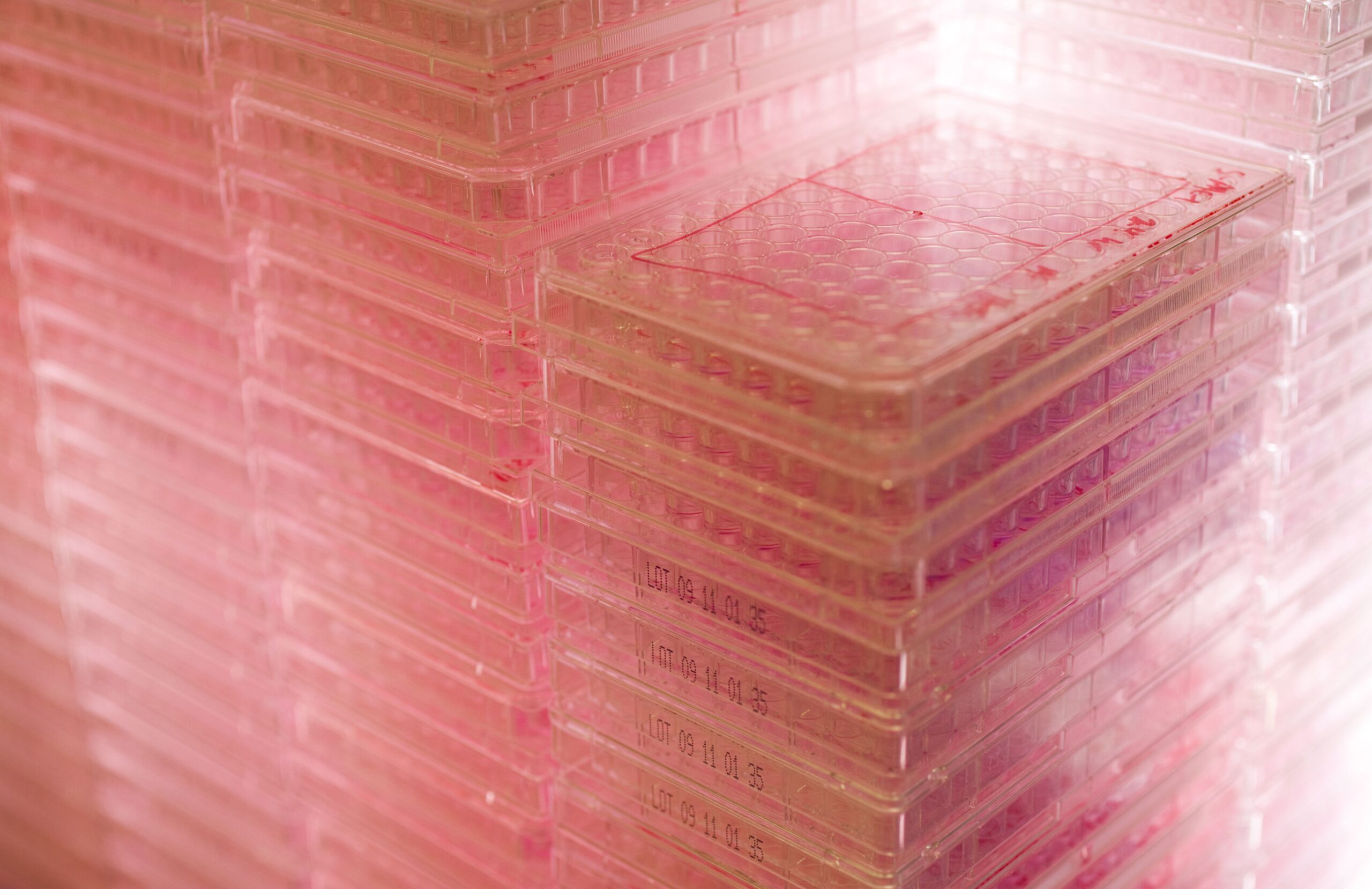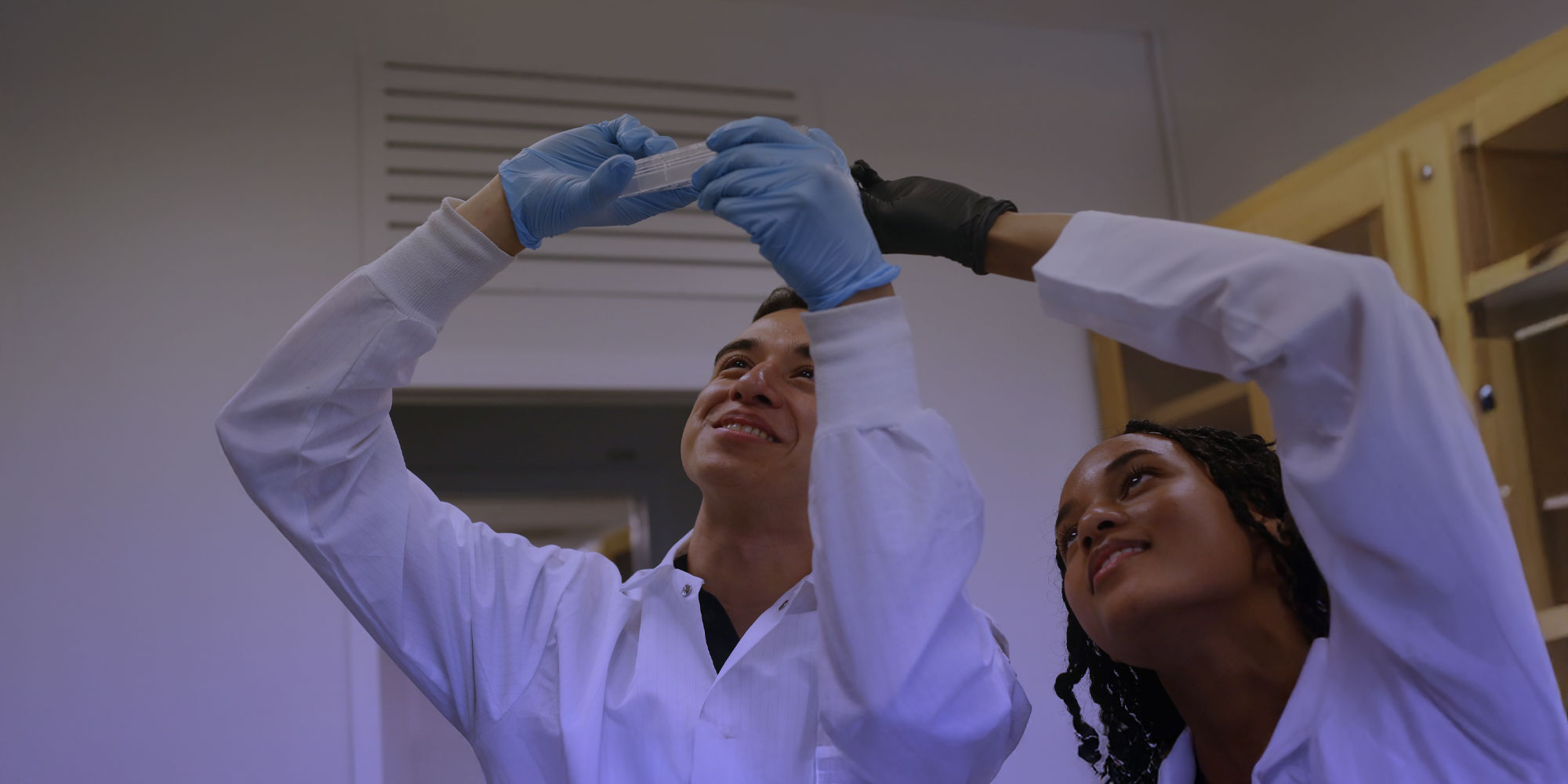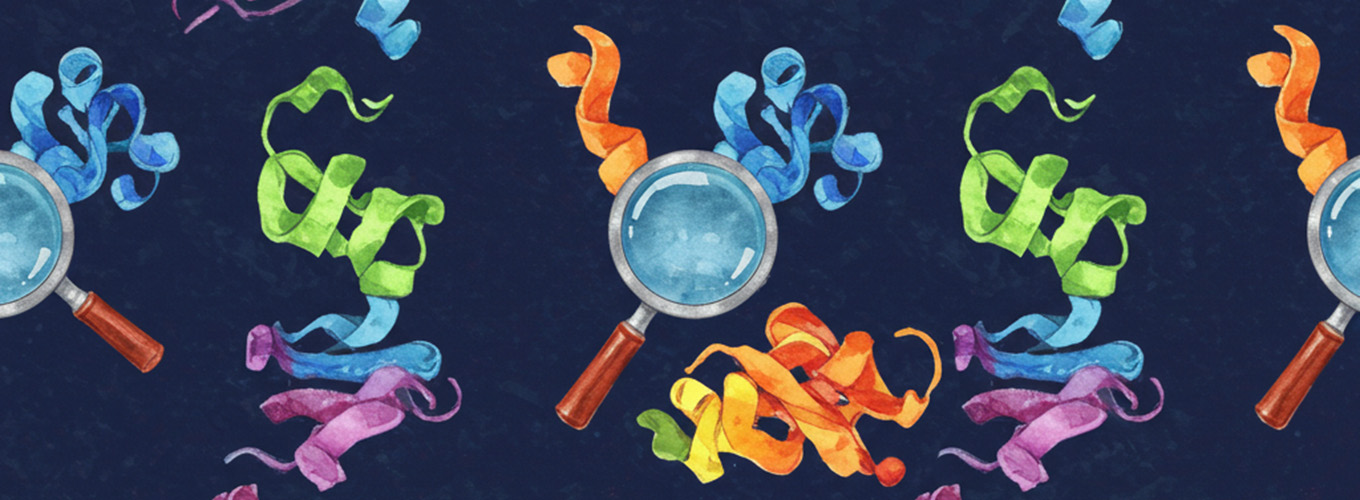
Adventures in CRISPR Library Preparation
For the last couple of months, a few of us at the IGI have been generating new sgRNA libraries for CRISPRi and CRISPRa. After scraping colonies off of nearly one hundred extra-large LB-Agar plates, it was time to fill the lab with the sweet smell of lysed bacteria and DNA prep buffers. We were working with 21 separate sublibraries, totaling around 250,000 sgRNAs. Plasmid prep on this scale is a completely different beast from anything I had done before, so we decided to share some thoughts on what works (and what doesn’t!) for efficiently prepping sgRNA libraries.
Prepping the work station
We were worried about other plasmids sneaking into our preps–especially individual sgRNA plasmids that get used frequently in our lab. We doused and scrubbed our benches and vacuum manifold with 70 % ethanol and RNase-Away before starting, and a few times throughout the day. This should hopefully destroy or denature any stray plasmids hanging around. It’s also worth cleaning out your vacuum trap and putting fresh filters in the vacuum line, since old dirty filters can really weaken vacuum power.
Do all the DNA prep at once
For me, it’s much more efficient to spend a couple of days solely devoted to high-throughput DNA prep than to spread the work out over several days, a few columns at a time.
Teamwork
The initial lysis and neutralization steps in most plasmid preps are time-sensitive, so there’s a limit on how many samples one person can process at once. We found that a team of 3 people (each processing 8 samples at once) maximized our throughput without us bumping into each other too much. After eluting DNA off the columns, once person can manage the DNA precipitation while others start on the next round of samples.
Starting material
Scraping the colonies off of a 23×23 cm LB-Agar plate gave us an average bacterial pellet mass of 1.1 g (range 0.5-1.6 g). This meant that each plate of bugs got its own maxiprep column (see below for kit recommendations). If you’re working with bugs from liquid culture or other plate sizes, you can pool or aliquot the samples to get a similar pellet mass per column.
Plasmid prep kits
We wound up trying several different plasmid prep kits, and the clear winner in our hands was the Sigma GenElute HP Plasmid Maxiprep Kit. The columns are compatible with the QIAGEN 24-port vacuum manifold we already had in the lab, the protocol was amenable to doing 24 preps in a batch, and the house vacuum system in our building was strong enough to pull liquid through all 24 columns at once. Importantly, all of the columns ran consistently and reasonably quickly. One slow or plugged column is an annoying but solvable problem when doing 4 or 5 preps, but it can really back up the pipeline when doing multiple batches of 24. Our average yield from this kit was 1.4 mg per prep.
Kits to avoid:
- Sigma GenElute HP Plasmid Megaprep: Sigma advertises 4 times the yield from a megaprep column compared to their maxipreps. Some of our samples could be pooled, so we thought pooling 4 samples into one megaprep would be faster than running them as 4 individual maxipreps. Boy were we wrong! The megapreps had to be processed one or two at a time, and thus didn’t scale well at all. Worst of all, the megaprep columns were NOT compatible with the QIAGEN vacuum manifold. We managed to fix this with tubing and adapters, but the house vacuum system was only strong enough to pull on one or two of the larger megaprep columns at a time. For us, mega preps took far more time and gave about half the yield we would have expected from just grinding through 4 times as many maxipreps.
- QIAGEN Plasmid Plus Maxiprep Kit: 1 out of the 8 columns we used stalled while running the cleared lysate. That column had to be left on the vacuum overnight. Our yields were also lower than the Sigma maxipreps.
- QIAGEN HiSpeed Plasmid Maxiprep Kit: These don’t scale well at all. The columns aren’t compatible with a vacuum manifold, and the QIAprecipitator syringe filters require a lot of manipulations to each individual sample. After the first 4 samples, I ditched the QIAprecipitator step altogether. Precipitating the DNA with a 45 minute spin was much faster when dealing with 10 or 20 preps at once.
We’re always interested in ways to make the next sgRNA library prep easier than the last. If you have your own favorite plasmid prep kit or other tricks for efficient library preparation, feel free to leave a comment.
Special thanks to the other members of Team DNA Prep–Gemma Curie, Amos Liang, and Emily Lingeman. I’d still be running maxipreps if it weren’t for them!
You may also be interested in

Protected: Announcing the Rising Stars Program: A New Collaboration Between the IGI and Historically Black Colleges and Universities

Breakthrough Method Enables Rapid Discovery of New Useful Proteins

From California to Kenya: The 2025 Cohort of the CRISPR Course for African Plant Scientists

 By
Benjamin Gowen
By
Benjamin Gowen